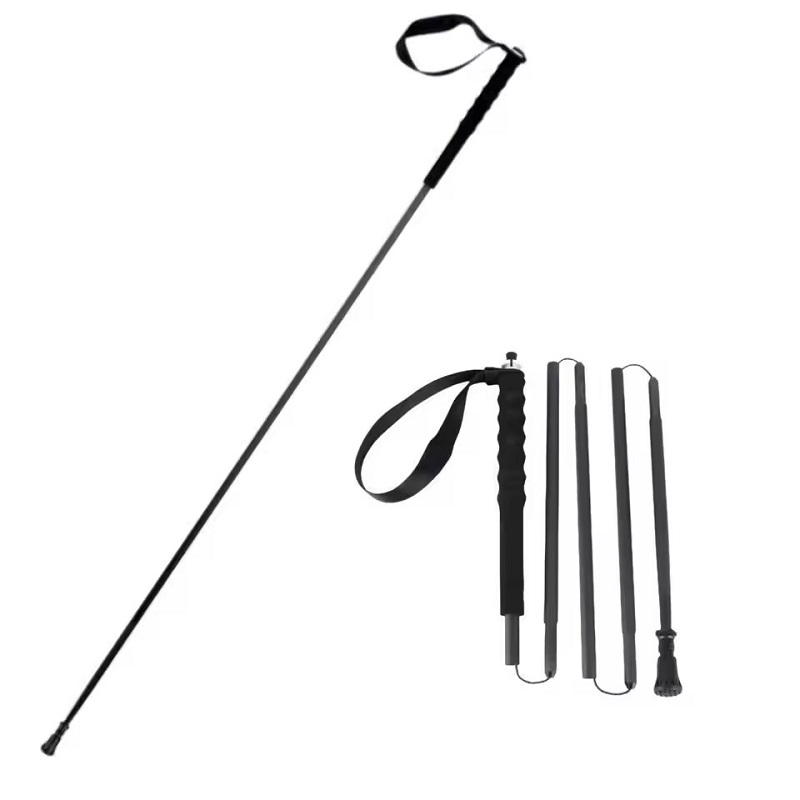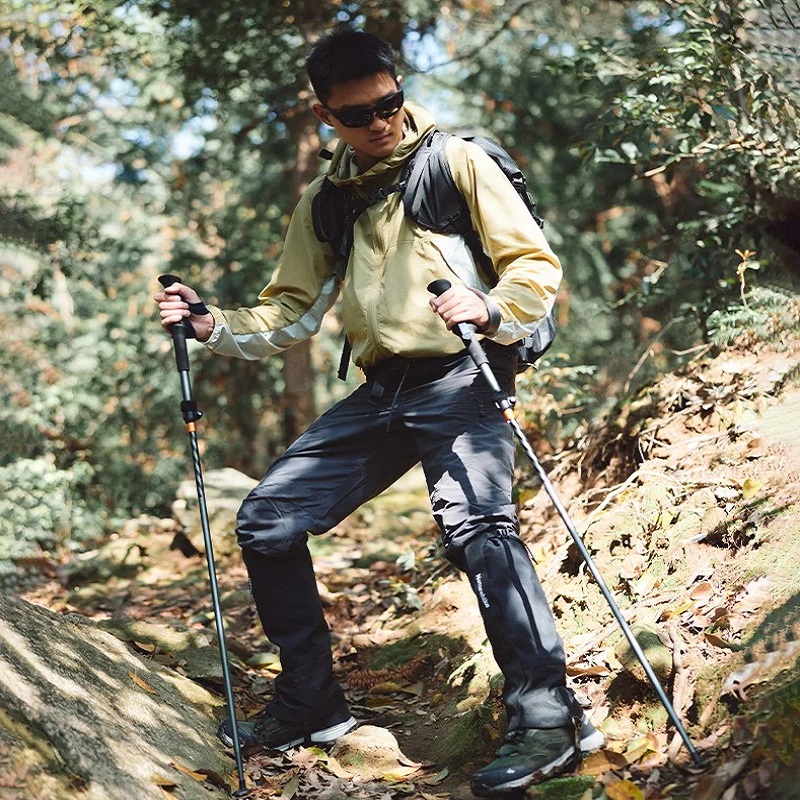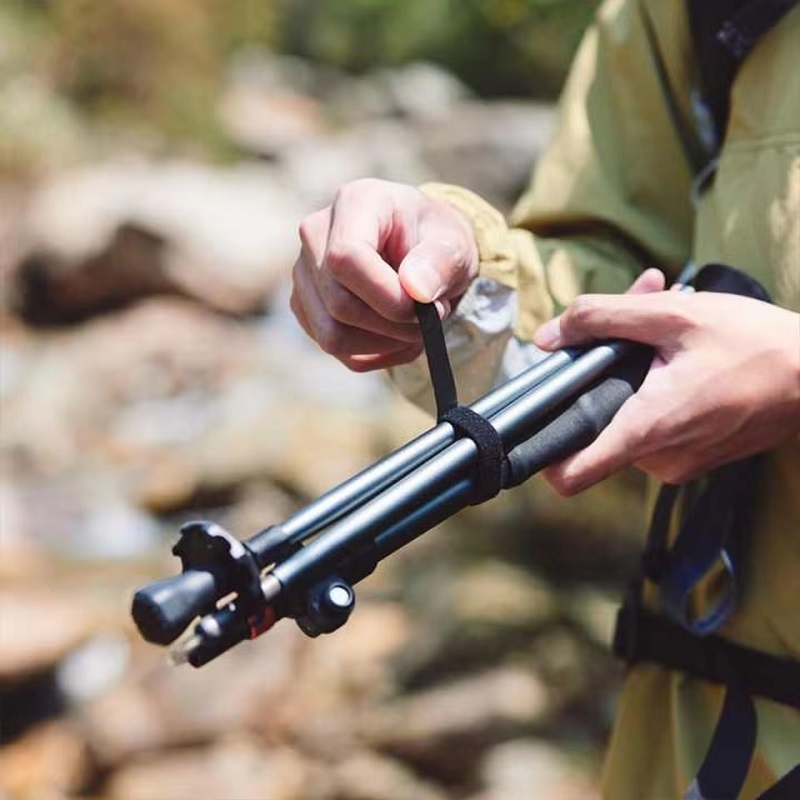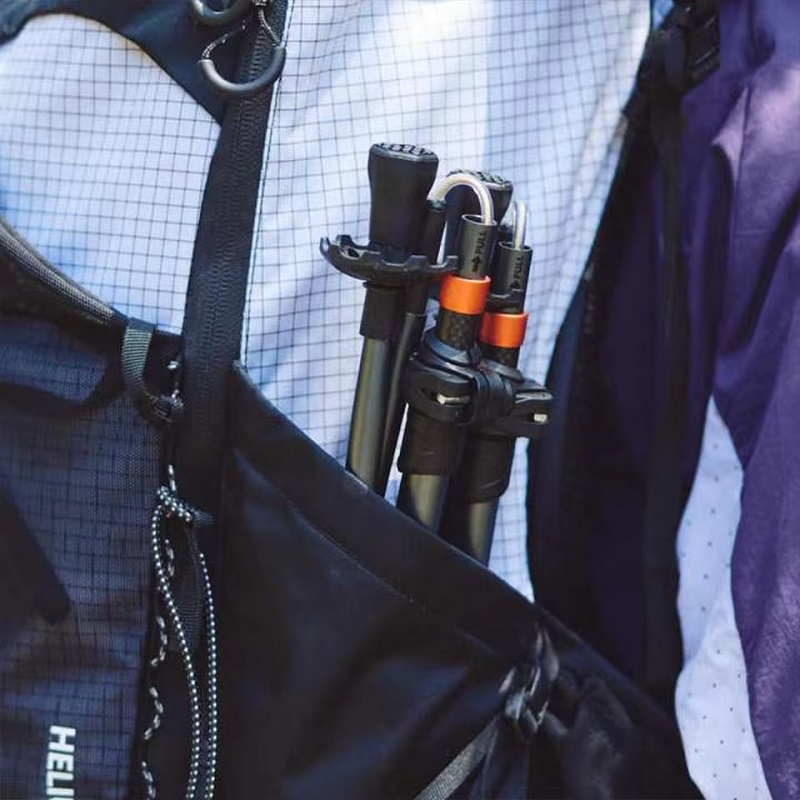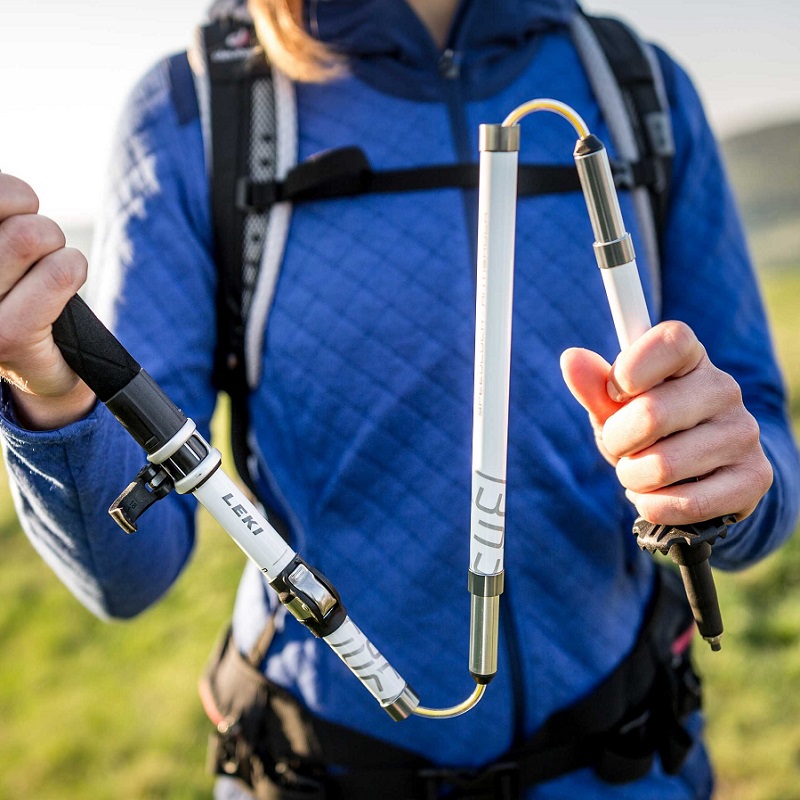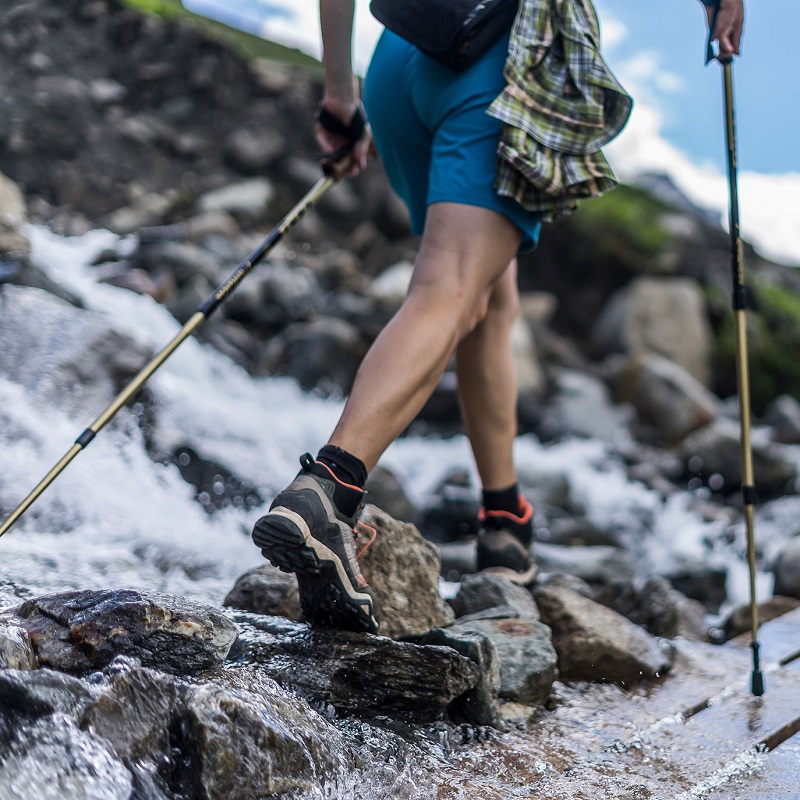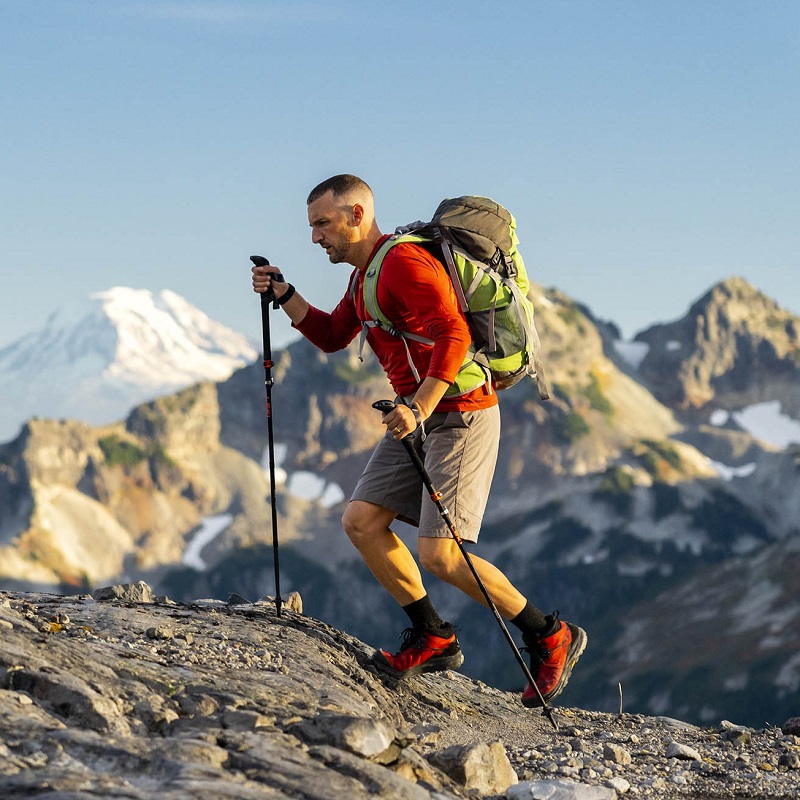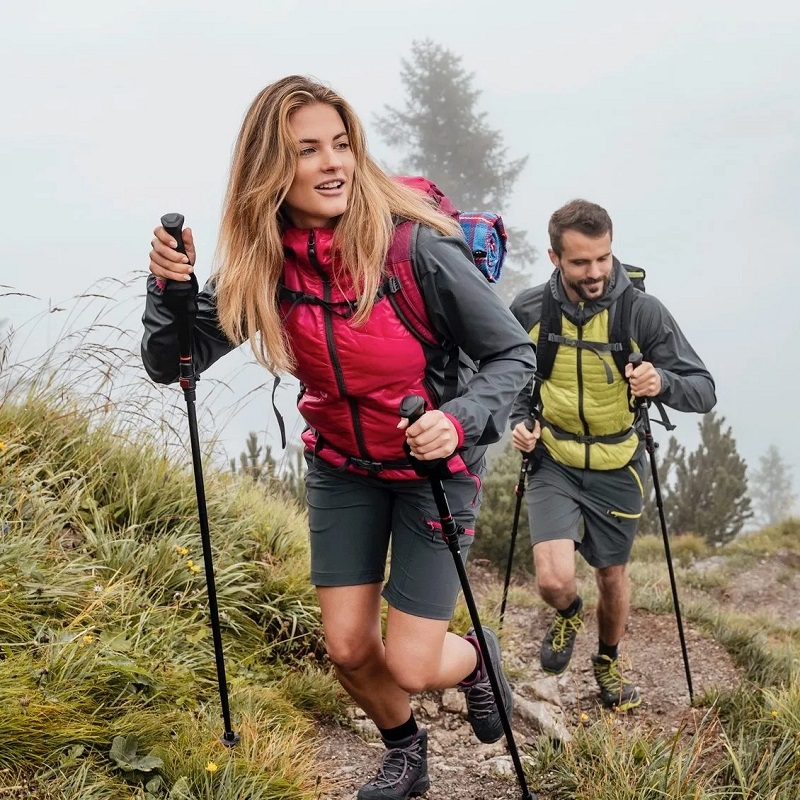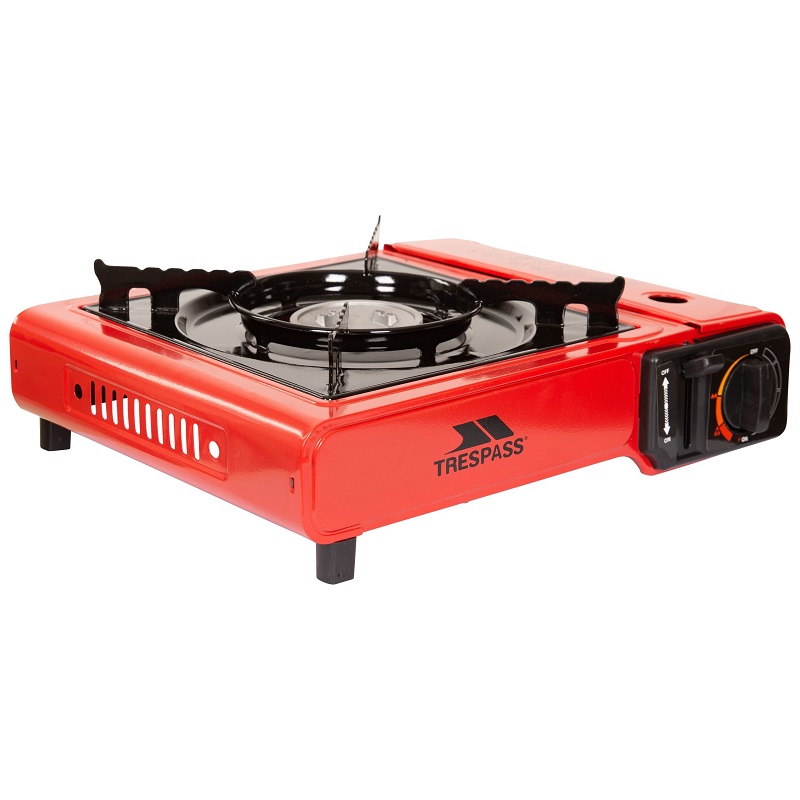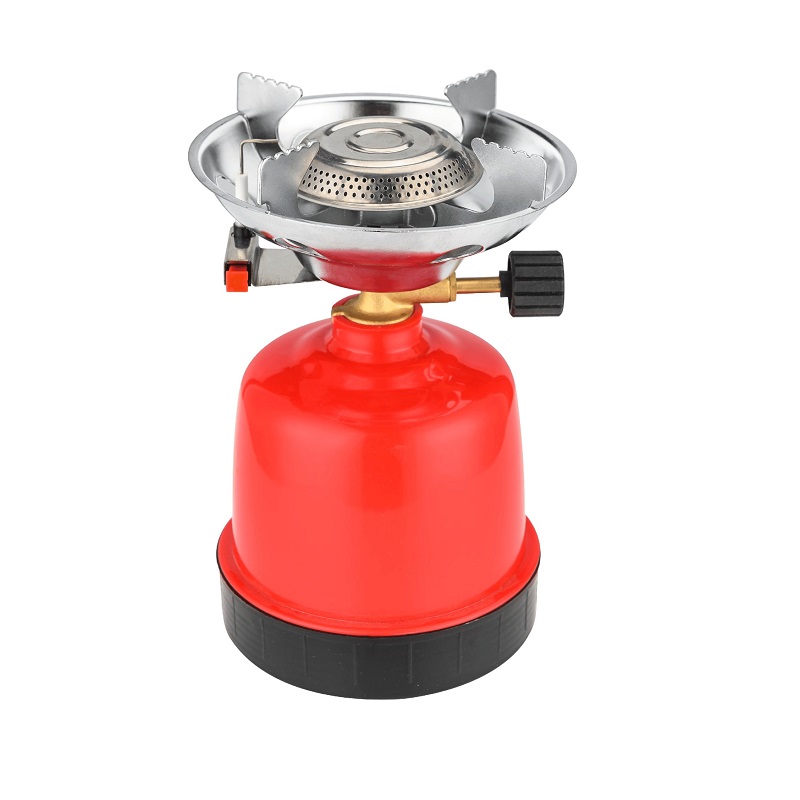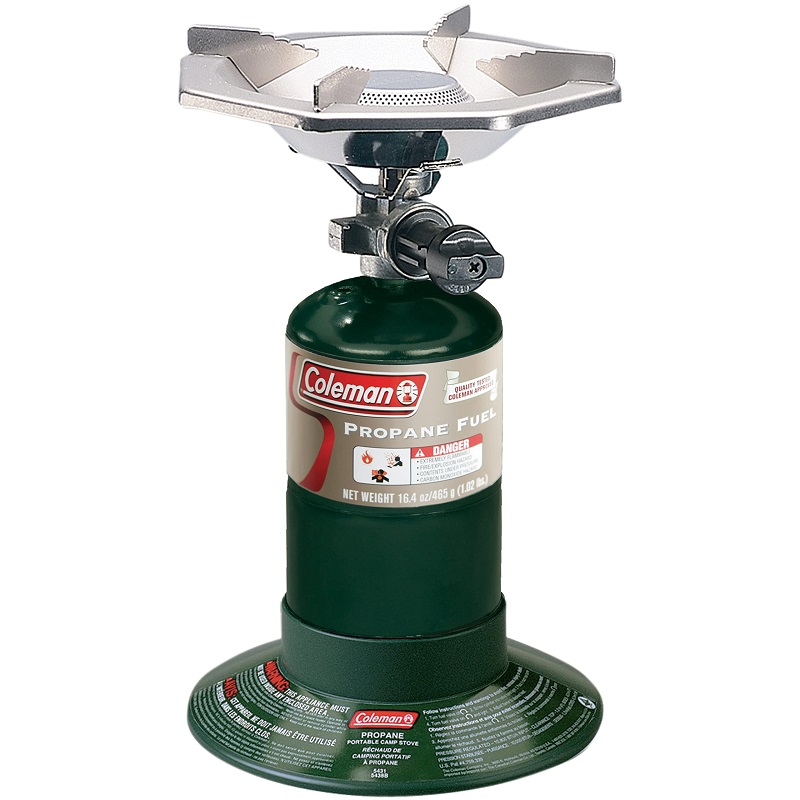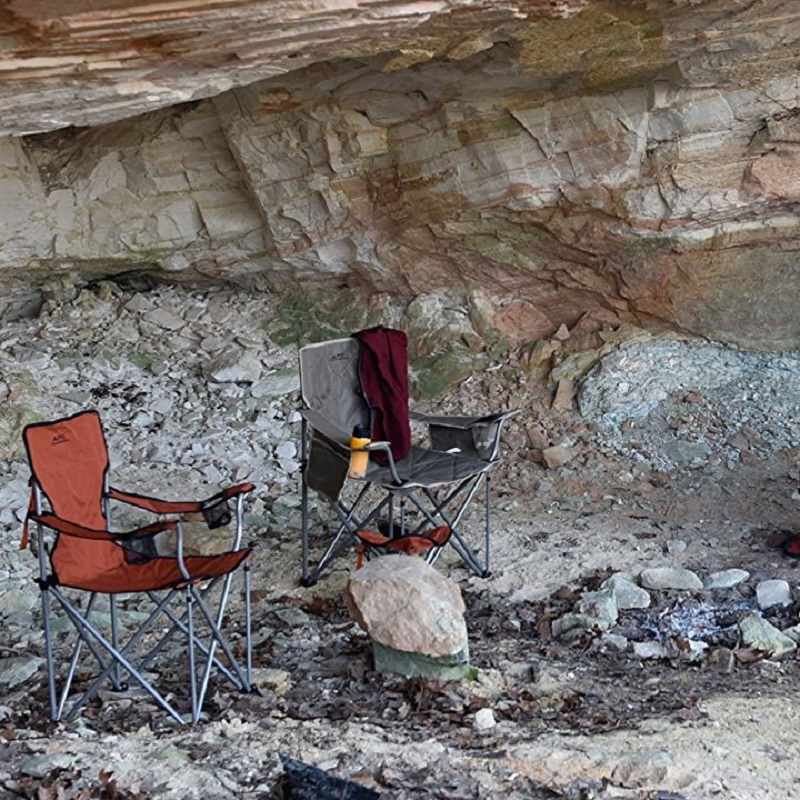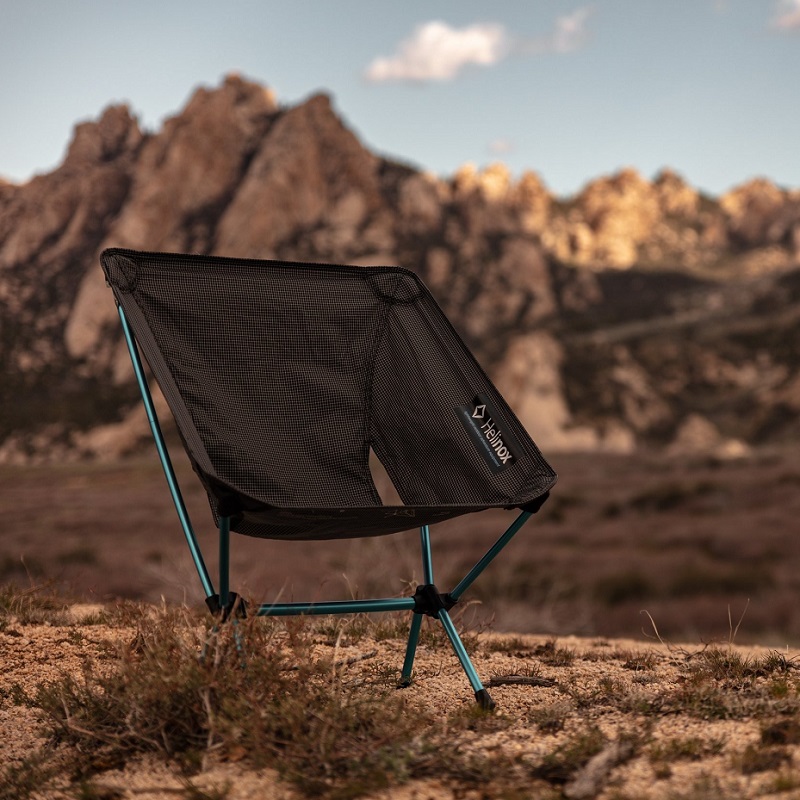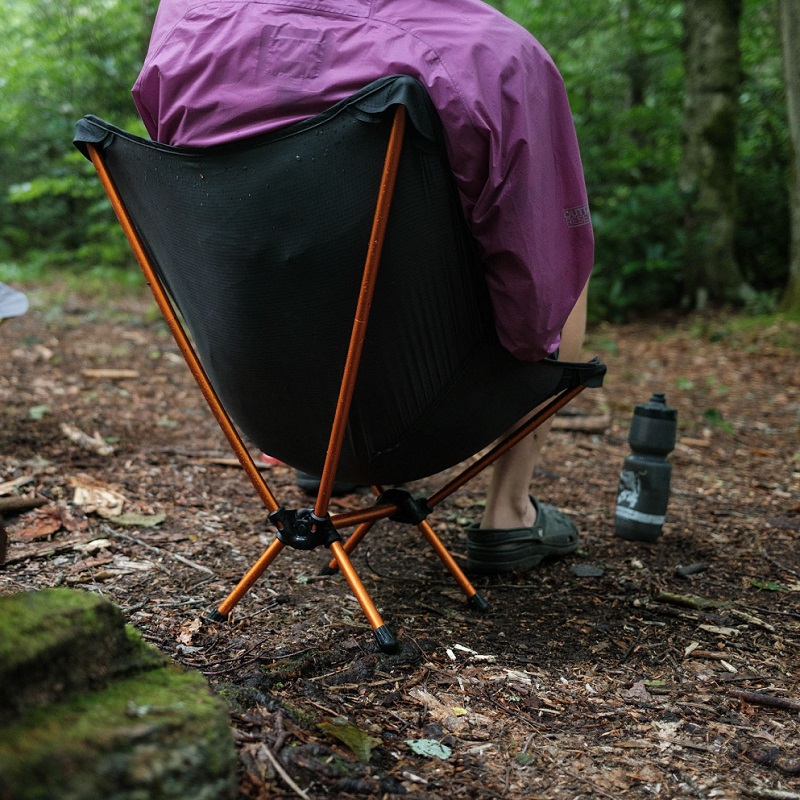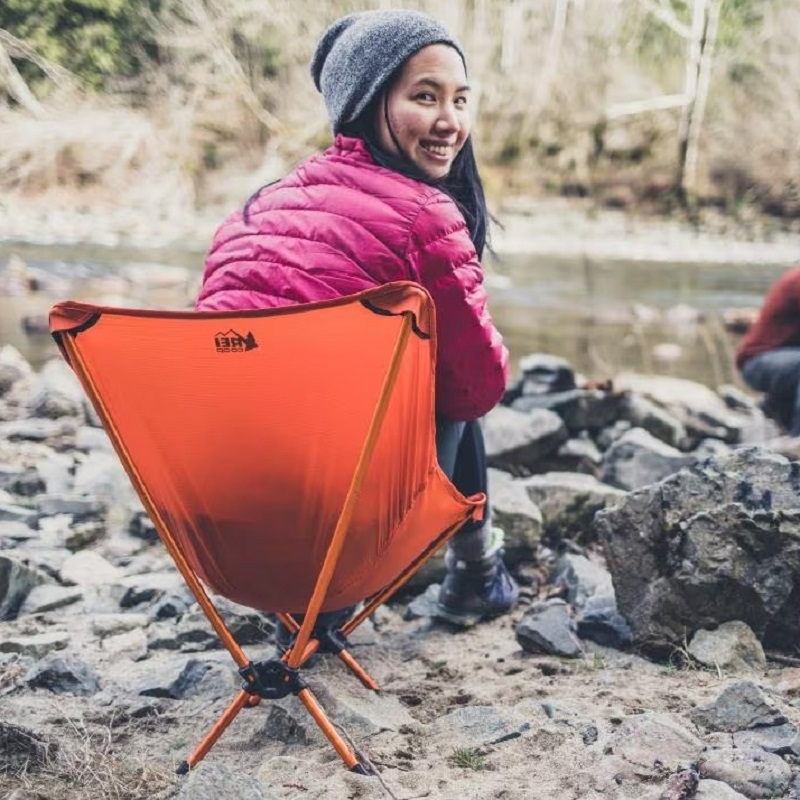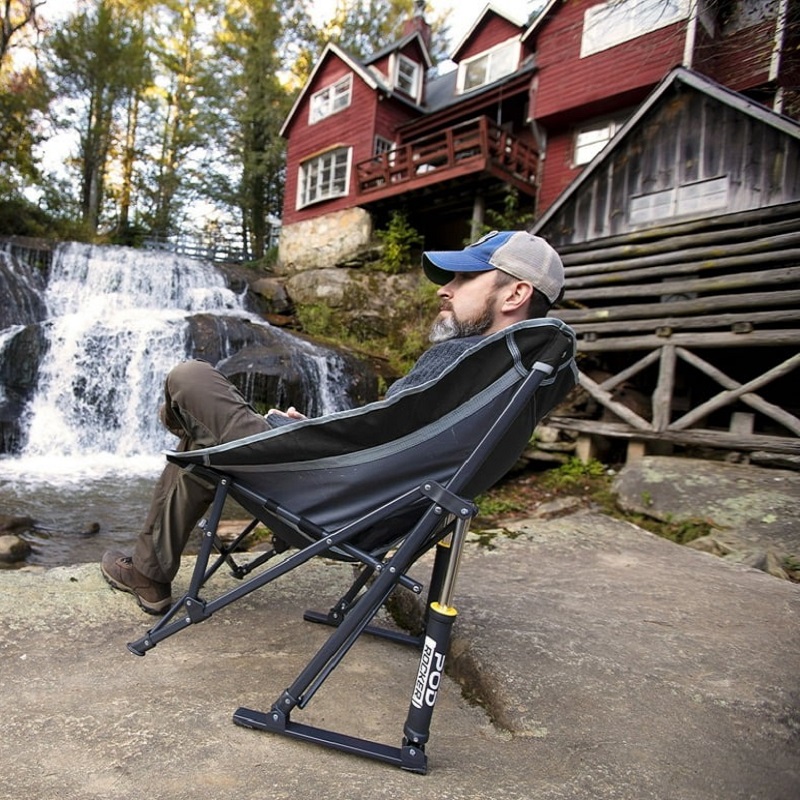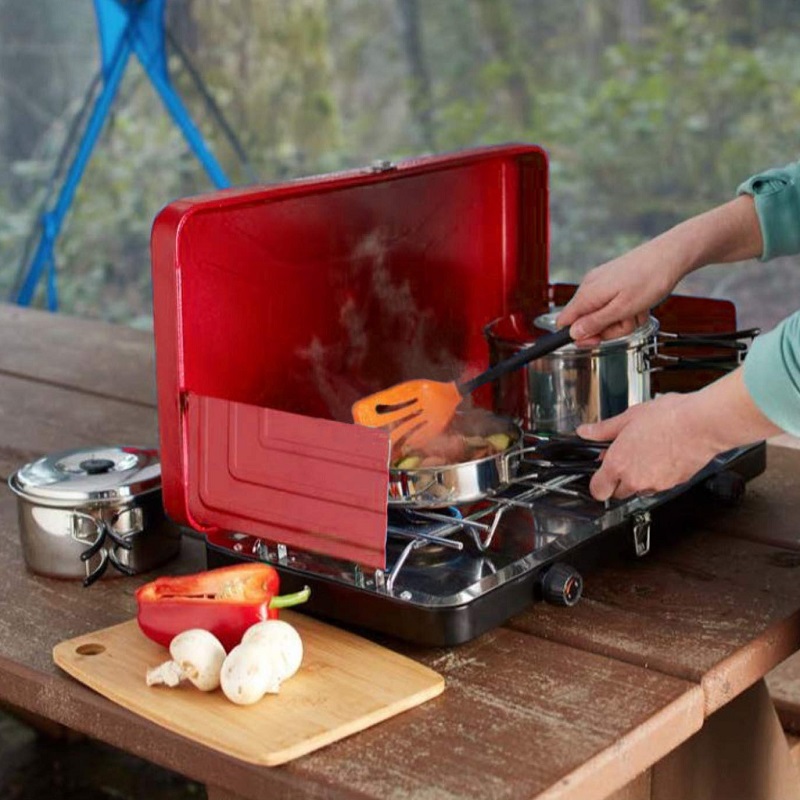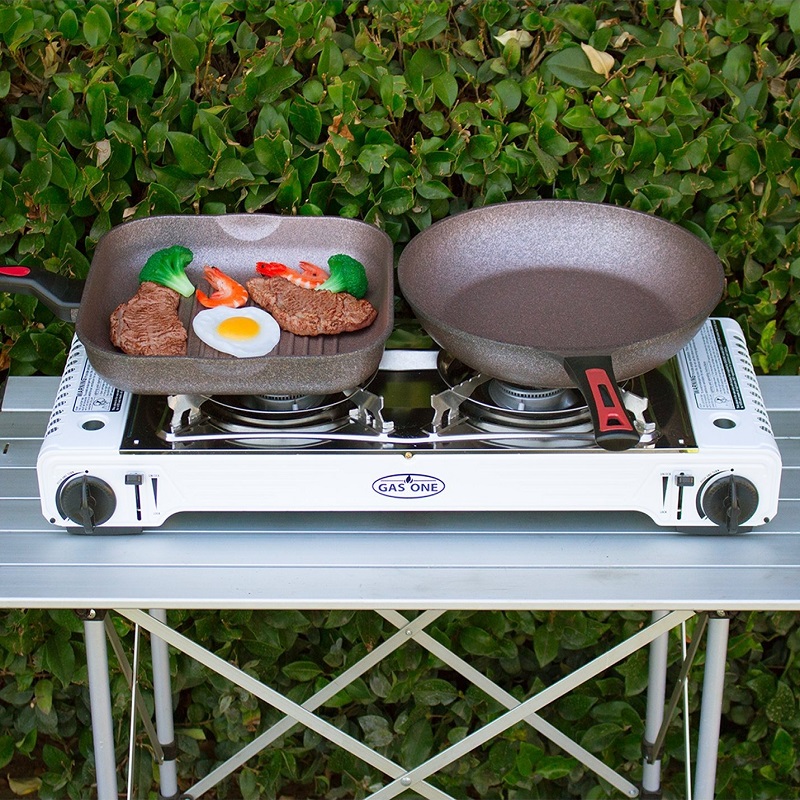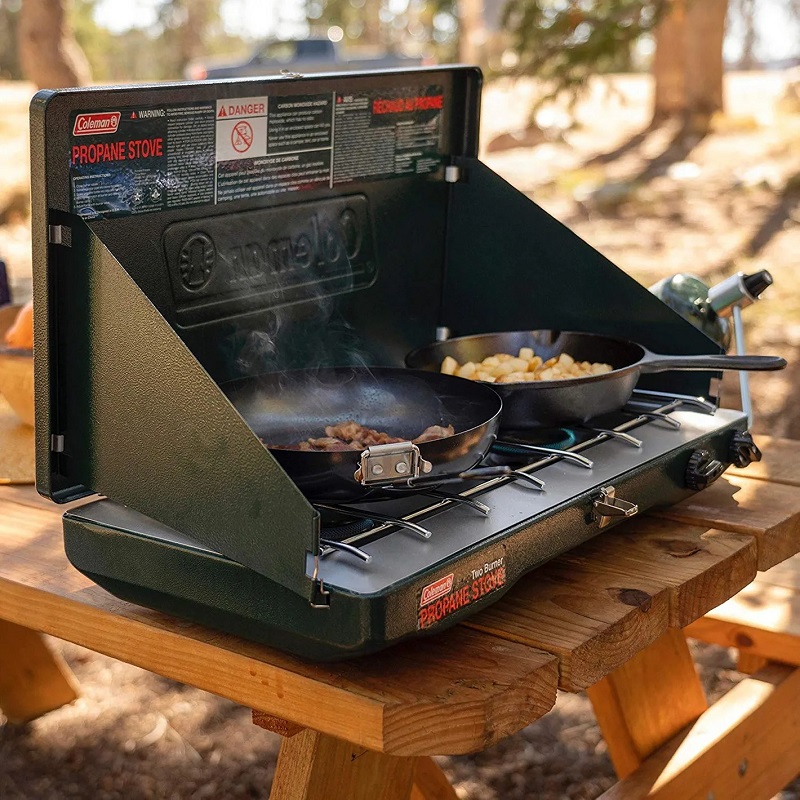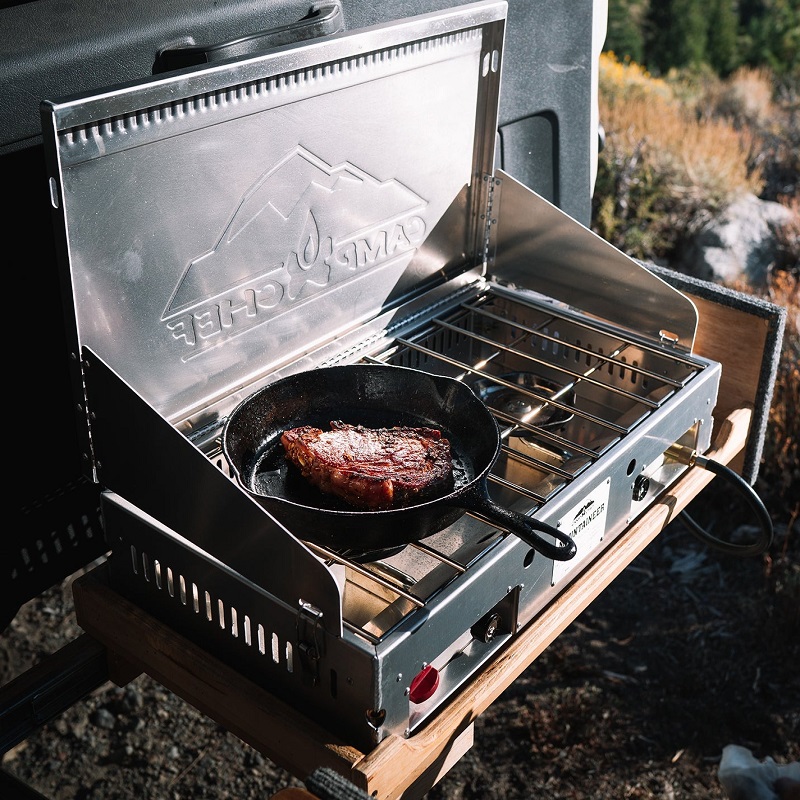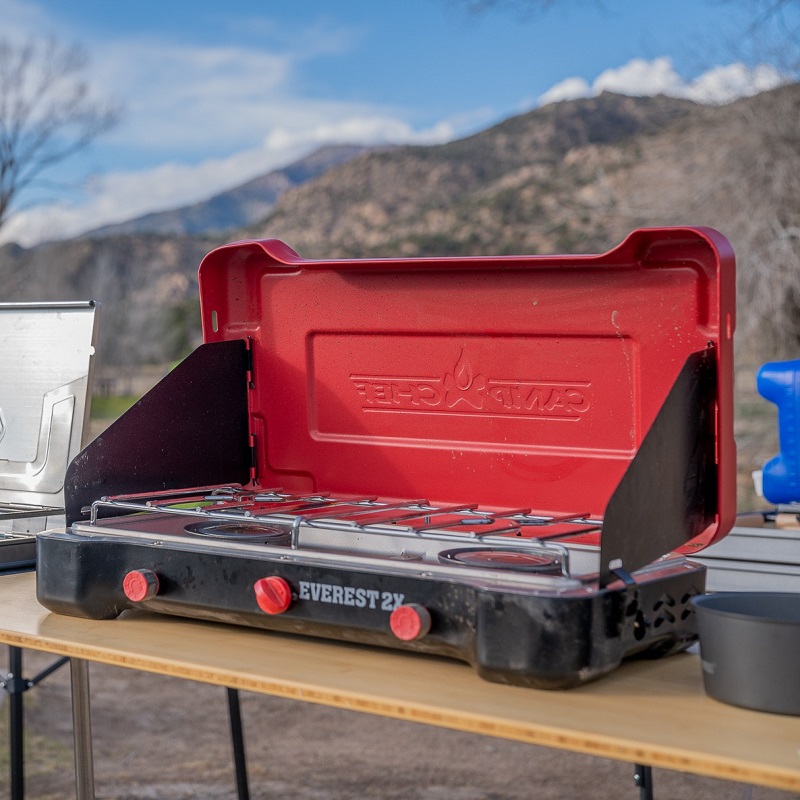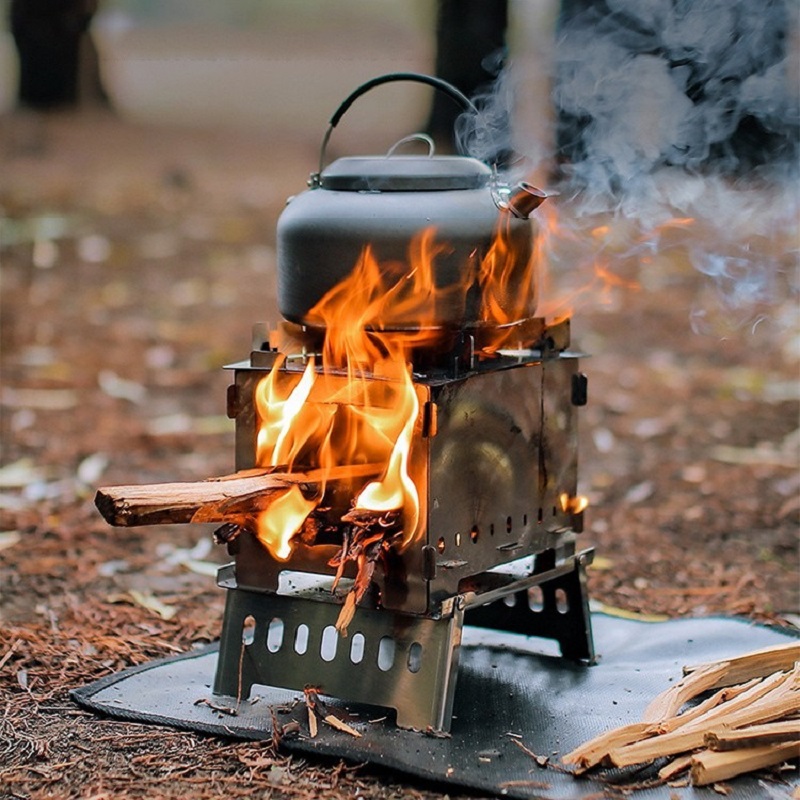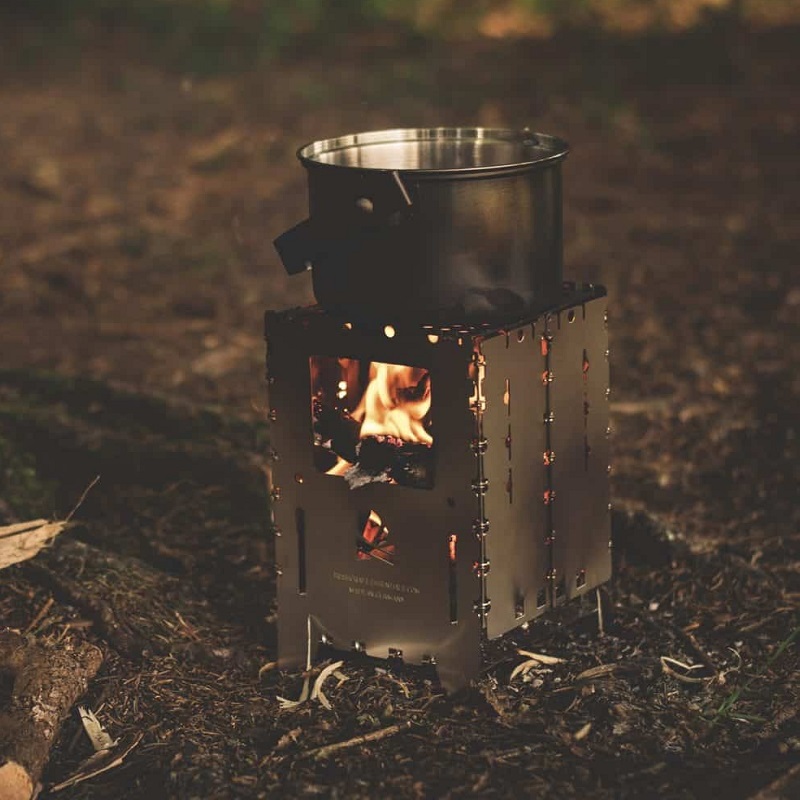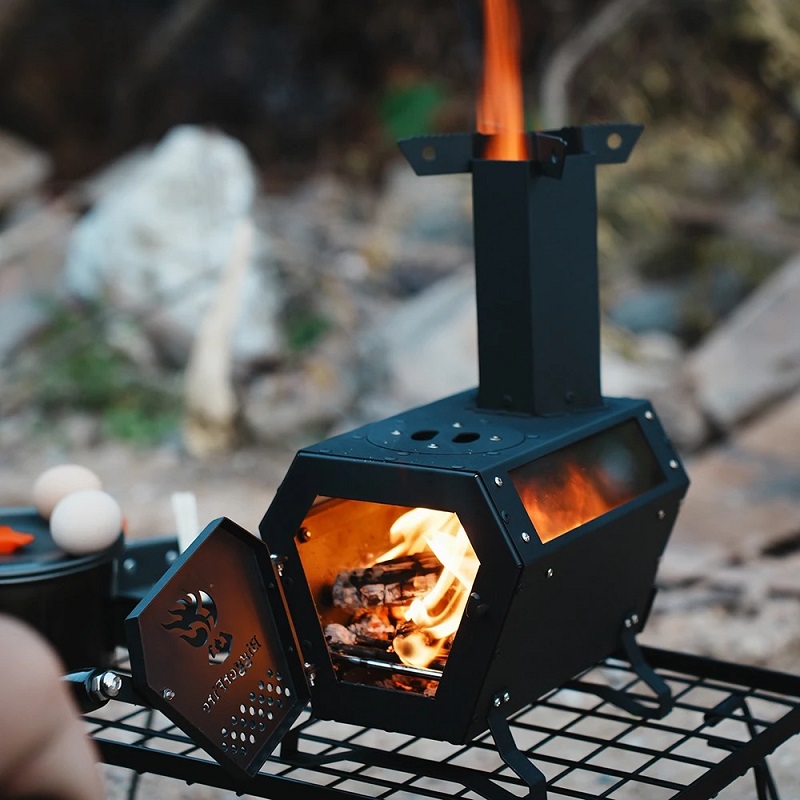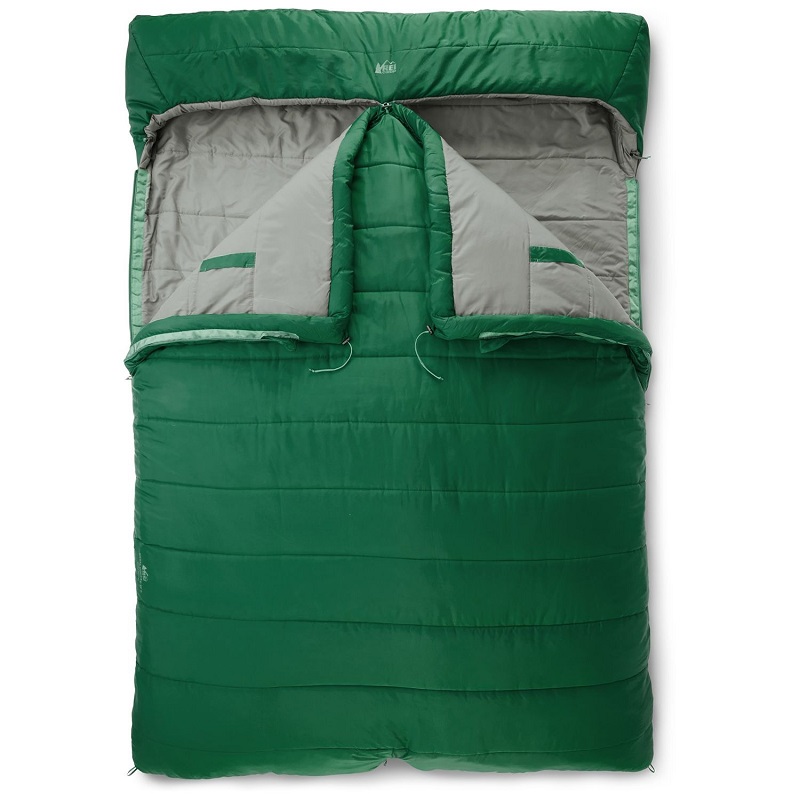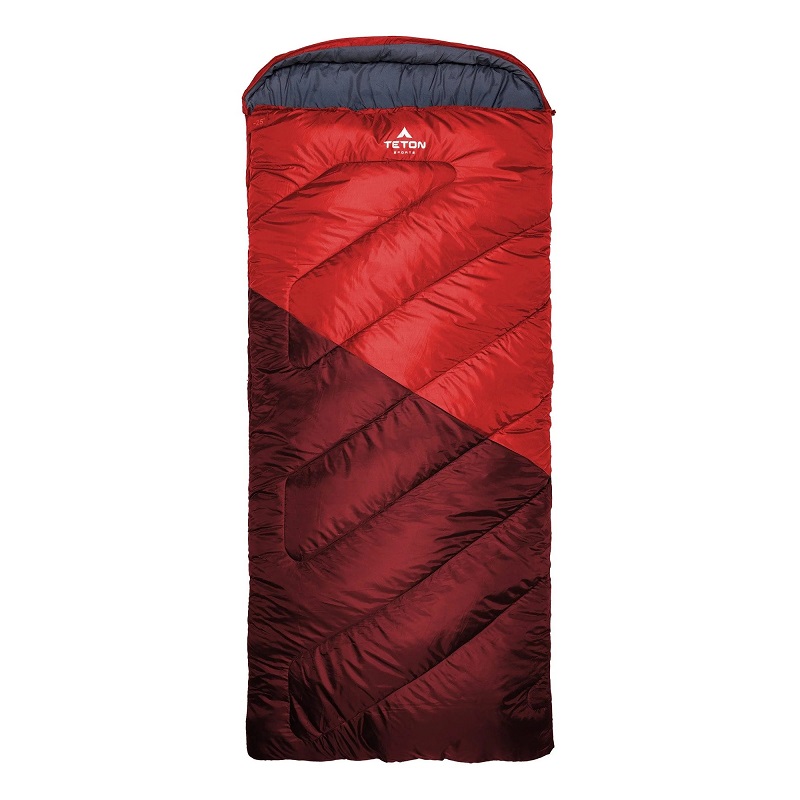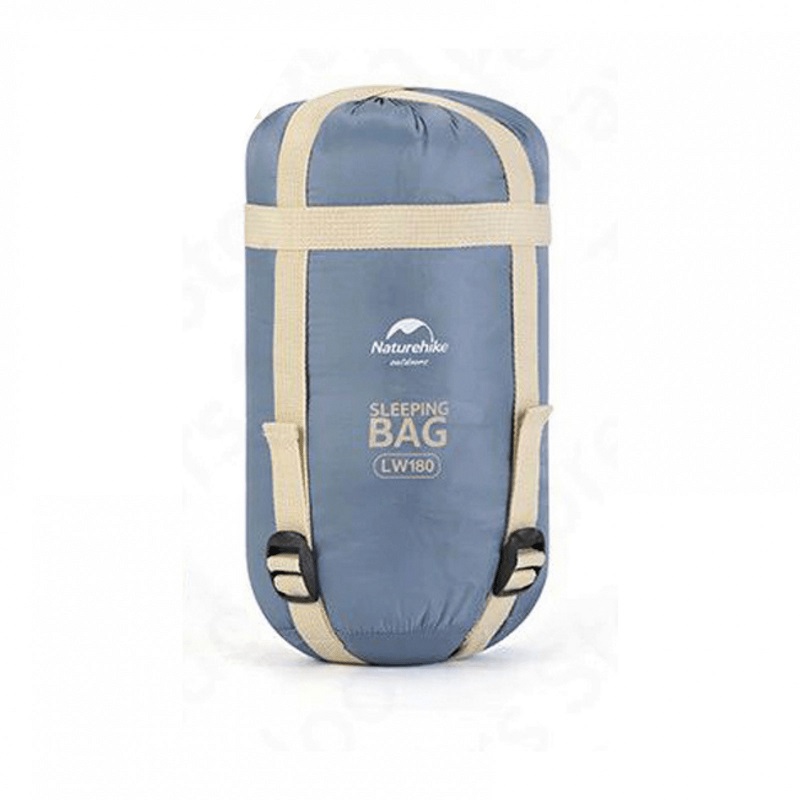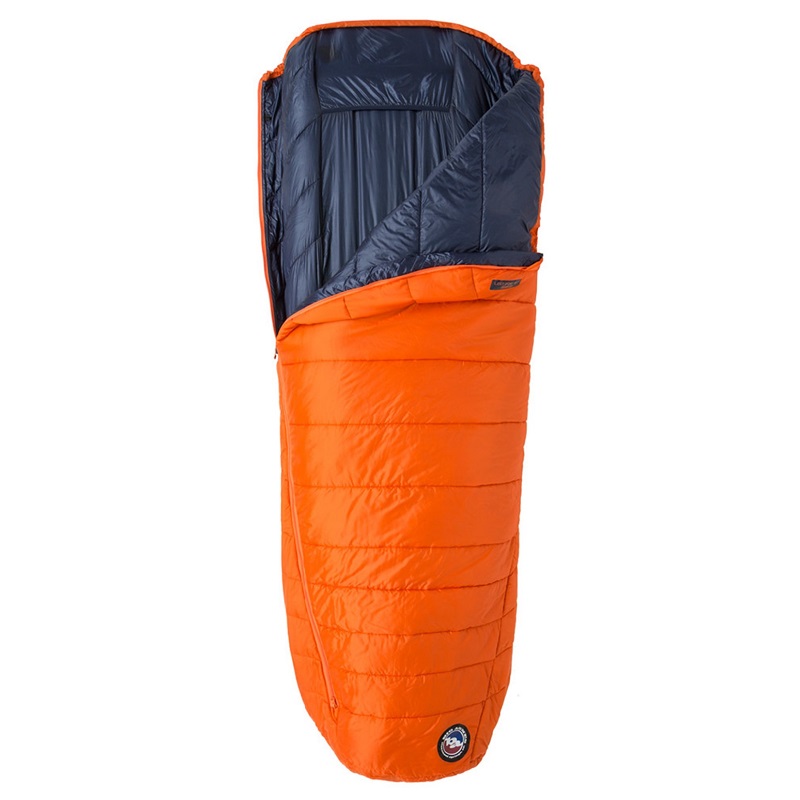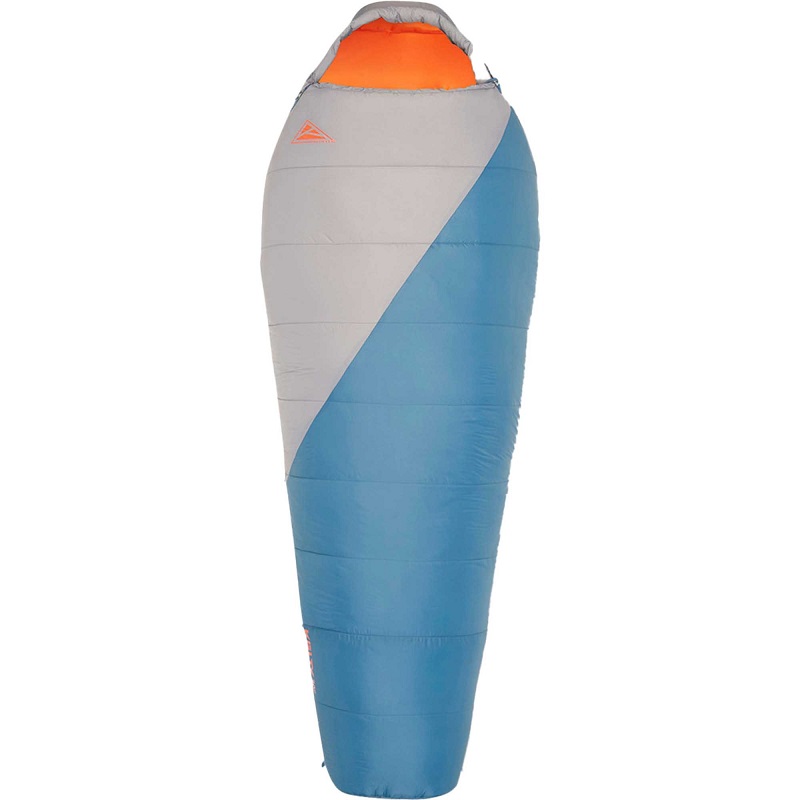Introduction
In recent years, collapsible trekking poles have become essential tools for hikers and outdoor enthusiasts alike. These versatile poles not only enhance balance and stability but also alleviate strain on the joints during long treks. With their lightweight and compact designs, collapsible trekking poles provide the ideal solution for those who prioritize convenience without sacrificing performance. Understanding how to use and adjust these trekking poles properly can significantly enhance your hiking experience.
When embarking on a hiking adventure, especially in challenging terrains, having the right gear can make all the difference. This guide will provide you with essential tips and best practices for effectively using collapsible trekking poles. We will explore the benefits of using trekking poles, detailed instructions on how to adjust them, and common mistakes to avoid. By the end of this article, you will feel confident in incorporating collapsible trekking poles into your hiking routine.
The Benefits of Using Collapsible Trekking Poles
Enhanced Stability and Support
One of the most significant benefits of using collapsible trekking poles is the added stability they provide. Here are some advantages detailed further:
- Improved Balance: Trekking poles offer extra points of contact with the ground, which can help you maintain balance when navigating uneven or slippery surfaces. This is particularly beneficial on rocky trails or during wet conditions when you may be at risk of slipping.
- Reduced Strain on Joints: Trekking poles can help distribute your weight more evenly, which reduces strain on your knees and joints during steep ascents and descents. This is critical for preventing injuries, especially on long hikes where fatigue sets in.
- Assistance with Heavy Loads: If you’re carrying a heavy backpack, trekking poles become even more valuable. They provide extra support, allowing you to distribute some of the load away from your upper body and towards your arms, making the hike feel less strenuous.
Better Posture
Using collapsible trekking poles can significantly impact your hiking posture. Here’s how:
- Straightening Your Back: When using trekking poles, you instinctively adopt a more upright posture, reducing the tendency to hunch over. This helps improve your breathing and reduces muscle tension.
- Engaging Core Muscles: As you use your arms with the poles, your core muscles are engaged to help maintain balance. Regularly using trekking poles can enhance your overall strength and endurance, contributing to better stability.
- Alleviating Fatigue: With a correct posture, trekking poles can help prevent muscle fatigue, allowing you to hike longer while feeling less discomfort. By maintaining proper alignment, you can navigate challenging terrain with more energy.
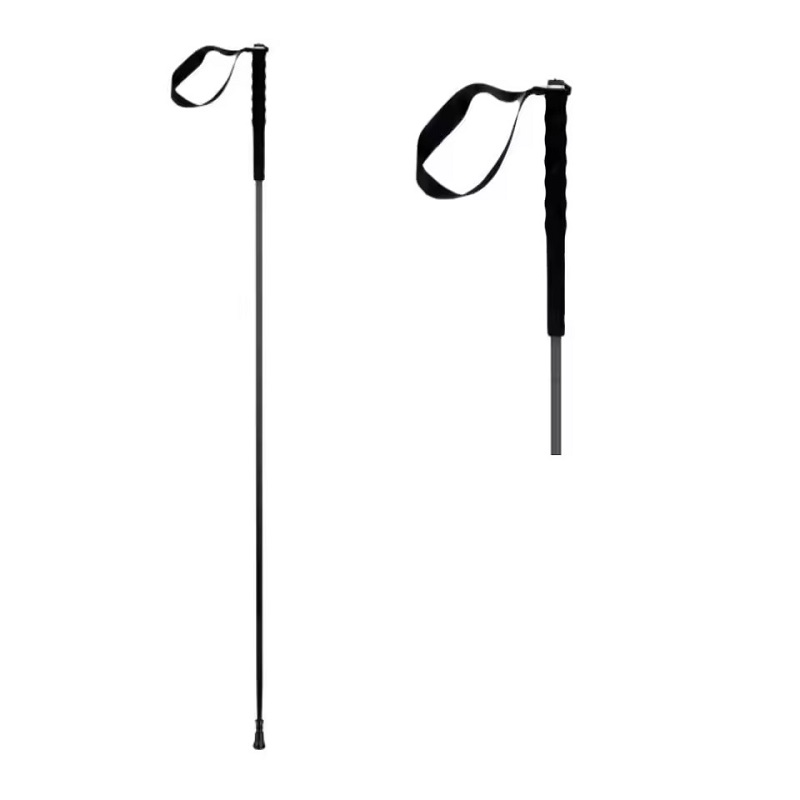
How to Properly Use Collapsible Trekking Poles
Choosing the Correct Length
Before you begin using your collapsible trekking poles, it’s essential to determine the correct length. Here’s how to find the ideal height:
- Elbow Angle: Stand upright and grasp the pole handles with your elbows at a 90-degree angle. This position will usually indicate the correct pole height for optimal use on flat terrain.
- Slope Adjustments: If you’ll be hiking on hills, remember to adjust the poles accordingly. Lengthening them for uphill sections while shortening for downhill descents can maintain a comfortable and efficient walking posture.
How to Hold Your Trekking Poles
Correctly holding your trekking poles can greatly enhance your performance. Pay attention to the following guidelines:
- Use the Strap: Always adjust the wrist strap properly before gripping the pole. The strap should rest snugly against your wrist, allowing you to use your hands comfortably without squeezing too tightly.
- Grip Position: Ensure you are gripping the poles at the appropriate height to maintain balance. Positioning your hands lower on the pole for downhill sections can help lower your center of gravity, while gripping higher supports uphill movement.
- Relaxed Grip: Maintain a relaxed grip on the handles to prevent fatigue. Tightly squeezing the poles for extended periods can lead to discomfort in your hands. Allow your hands to rest slightly on the pole for better comfort.
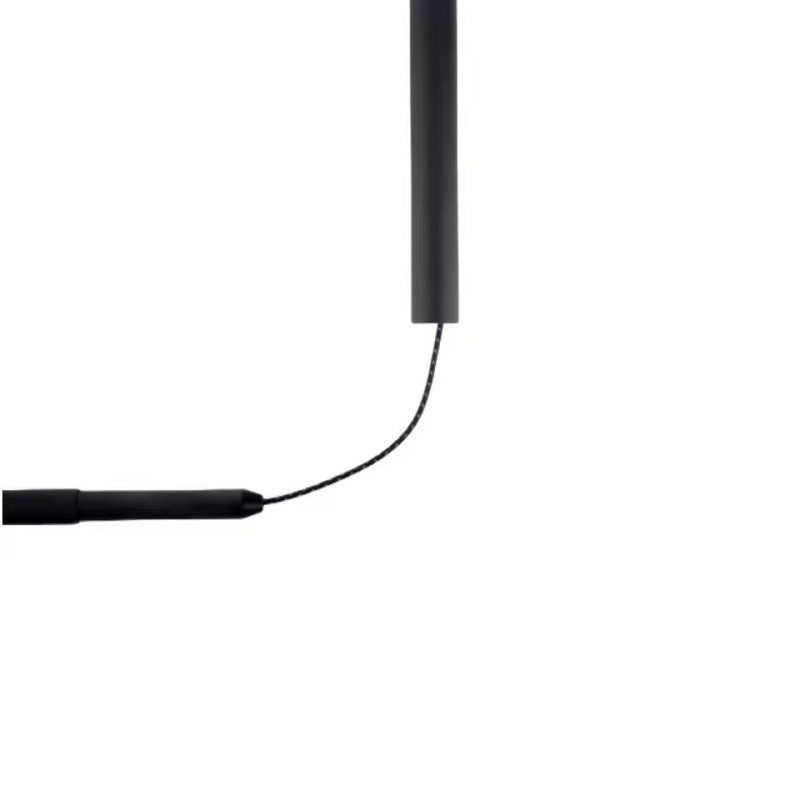
Adjusting Collapsible Trekking Poles
Step-by-Step Adjustment Process
Learning how to adjust collapsible trekking poles to the correct height is vital for maintaining balance and stability. Follow these steps:
- Unlocking the Mechanism: Most collapsible trekking poles feature an adjustable mechanism located at the midsection or at the bottom of the pole. Unlock the mechanism by twisting or pulling, as specified in the manufacturer’s instructions.
- Height Adjustment: Pull or push the pole to the desired height. Make sure each pole matches in height for consistent balance. Proper adjustment based on terrain can enhance the overall hiking experience.
- Locking the Mechanism: After adjusting, securely lock the mechanism back in place. Check the security by applying a gentle force to the pole to ensure it stays locked and does not collapse unexpectedly during use.
Maintenance Tips for Longevity
Proper maintenance will extend the life of your collapsible trekking poles. Here are some key maintenance tips to keep them in top shape:
- Regular Cleaning: After your hike, clean your poles to remove dirt and debris, especially around the locking mechanisms. Use a damp cloth and avoid soaking them in water, which could damage internal components.
- Checking Locks Regularly: Periodically inspect the locking mechanisms to ensure they are functioning properly. If you notice any resistance or difficulty locking, consult the manufacturer’s guidelines for troubleshooting.
- Inspecting Tips and Washers: Regularly check the rubber tips and any washers on the poles. These parts help with grip and stability. Replace worn-out tips to ensure optimal performance on different terrains.
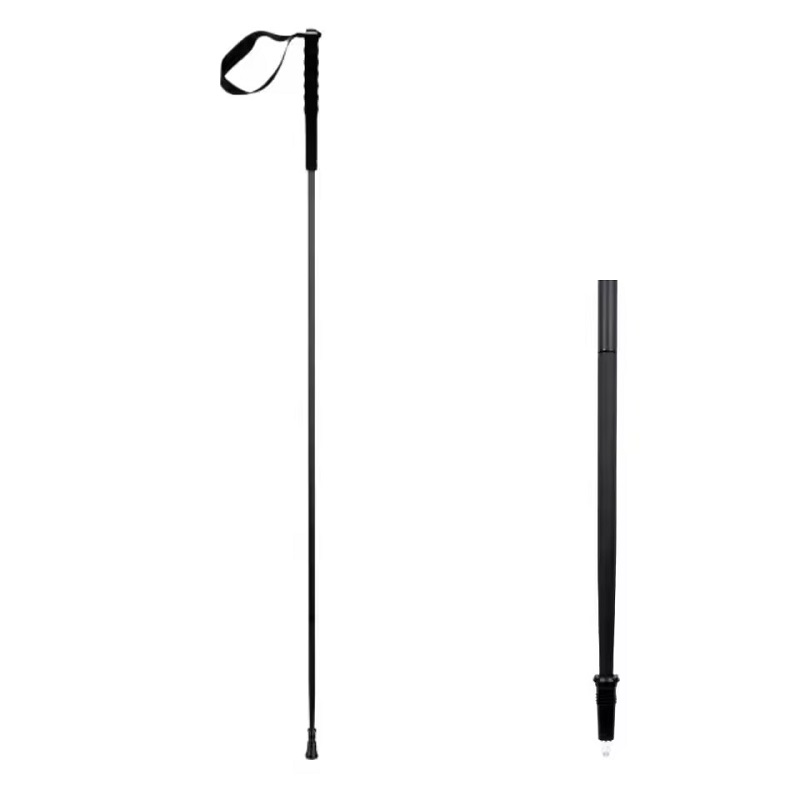
Common Mistakes to Avoid
Misusing Trekking Poles
Many hikers make mistakes when using collapsible trekking poles, which can detract from the benefits they provide. Here are some common missteps to avoid:
- Overextending the Poles: Avoid the temptation to set your poles to an uncomfortable height. Overextending can lead to instability and increase fatigue. Always adjust poles to suit the terrain you are tackling.
- Not Using the Straps: Failing to utilize wrist straps may result in a poorer grip. Properly using the straps will help distribute the pressure more evenly, making your trek more comfortable.
- Incorrect Walking Technique: Be sure to plant the poles in sync with your opposite foot to maintain your natural rhythm. This synchronization assists in keeping your balance stable and minimizes strain on muscles.
Advanced Techniques for Experienced Hikers
The Cross-Over Technique
For seasoned adventurers looking to maximize their efficiency, the cross-over technique may prove advantageous during specific hikes:
- What is the Cross-Over Technique? This method involves placing your trekking pole across your body, providing stability during steep climbs. Using the pole in this way can shift your weight and allow for a more controlled ascent.
- When to Use It: Apply this technique when navigating steep inclines or challenging obstacles. It helps provide extra leverage and balance, especially when carrying heavy loads.
- Practice Makes Perfect: To master this technique, practice on gentle inclines before tackling steeper paths. This practice helps you become accustomed to the coordination required for optimal usage.
Using Trekking Poles in Variable Terrain
Different terrains require different strategies when using collapsible trekking poles:
- Rocky Paths: On uneven rocky trails, shorten your poles to maintain a lower center of gravity. This adjustment will assist with stability and safety, ensuring you keep your balance on challenging surfaces.
- Mud or Soft Ground: In soft or muddy conditions, consider using longer poles to provide better stability. Utilizing a longer length will help prevent sinking and maintain traction.
- Snow and Ice: When hiking in snow or icy conditions, consider using wider tips for better grip. These specialized tips can also assist with maintaining traction on slippery surfaces, helping you stay upright.
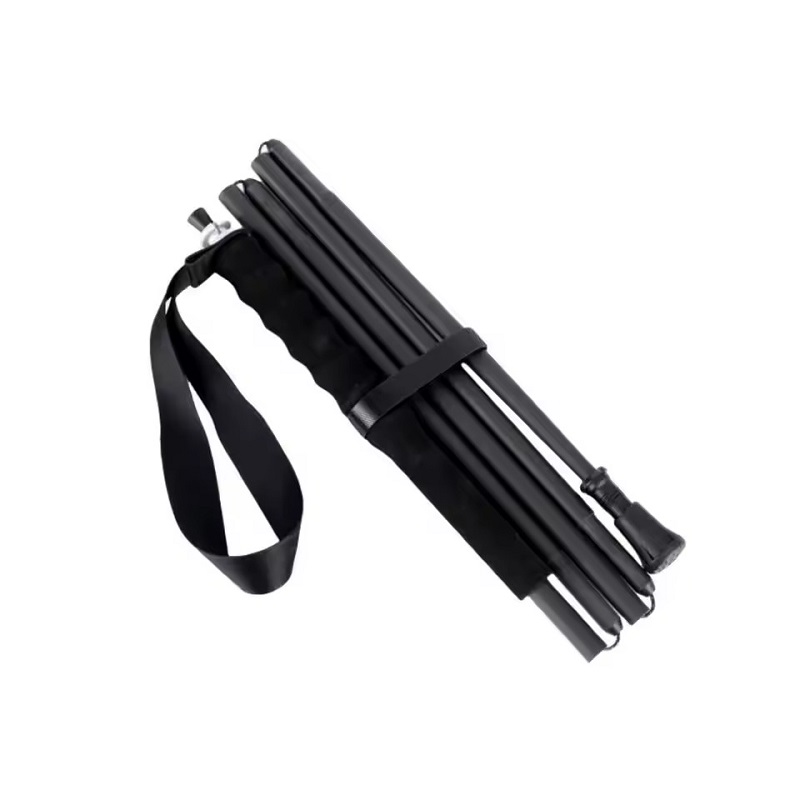
Real-Life Considerations
Choosing the Right Poles for Your Needs
Selecting the right collapsible trekking poles is essential for maximizing your hiking experience. Here are some factors to consider:
- Material Choices: Trekking poles are typically made from aluminum or carbon fiber. Aluminum poles tend to be more durable and affordable, while carbon fiber poles are lighter and absorb shock better. Assess your needs and budget to determine which material suits you best.
- Weight Capacity: If you’re a heavier hiker, it’s crucial to check the weight capacity of your trekking poles. Ensure they can safely support your weight, especially when navigating steep descents or uneven terrains.
- Double or Single Pole Design: Many hikers prefer using two poles for enhanced stability, but single pole designs can work just fine for casual hiking. Test out both styles to see which feels more comfortable for you.
Personalizing Your Trekking Pole Experience
Understanding your own preferences can further enhance your trekking pole experience:
- Handle Grips: The feel of the grips can vastly change your experience. Foam grips offer soft comfort and good moisture-wicking properties, while rubber grips provide a firmer hold. Try different materials to see which fits your hands best.
- Pole Accessories: Look into various accessories that can enhance your trekking poles. For example, cork grips can absorb sweat better, and shock-absorbing poles can help reduce impact on your wrists and arms.
- Aesthetics Matter: While performance is essential, aesthetics can enhance your hiking experience. Choose a color or design that resonates with your personality and style to make your poles uniquely yours.
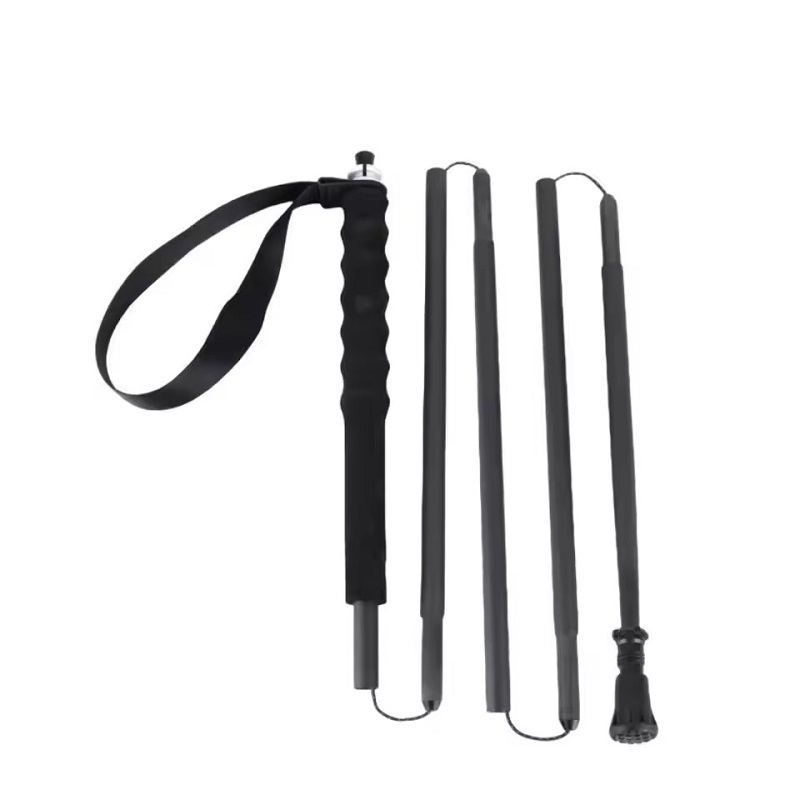
Conclusion
In conclusion, knowing how to properly use and adjust collapsible trekking poles can significantly enhance your hiking experience. From improving stability and posture to reducing joint strain, the benefits of using trekking poles are substantial. They empower you to explore the trails longer and with more confidence.
Investing time in selecting the right poles, adjusting them correctly, and maintaining them will elevate your outdoor adventures. By incorporating trekking poles into your routine, you can tackle various terrains confidently, ensuring a more enjoyable hiking experience among friends and nature.
Whether you’re an experienced hiker or embarking on local trails, mastering these essential aspects of collapsible trekking poles will help you make the most of every outdoor excursion. Equip yourself with the knowledge and skills to navigate enhanced hiking routes, and enjoy all the advantages that come with this remarkable hiking accessory.
By following these guidelines, you will ensure that your collapsible trekking poles become reliable companions for all of your hiking adventures.
